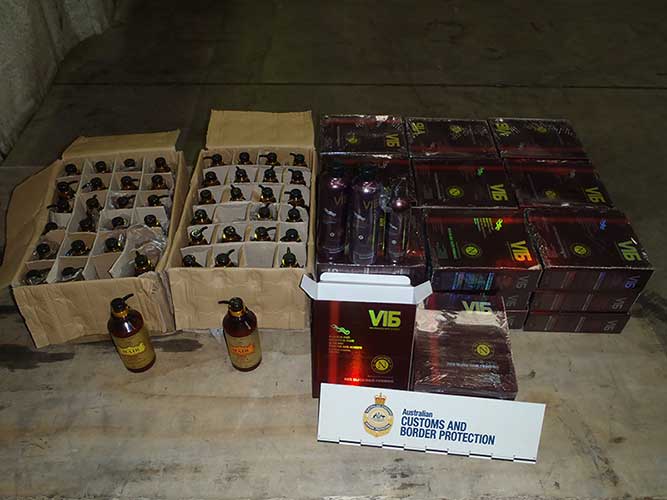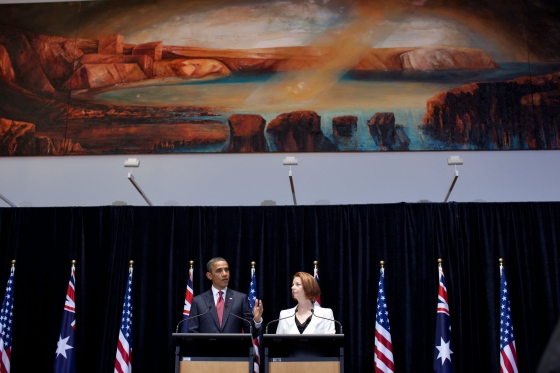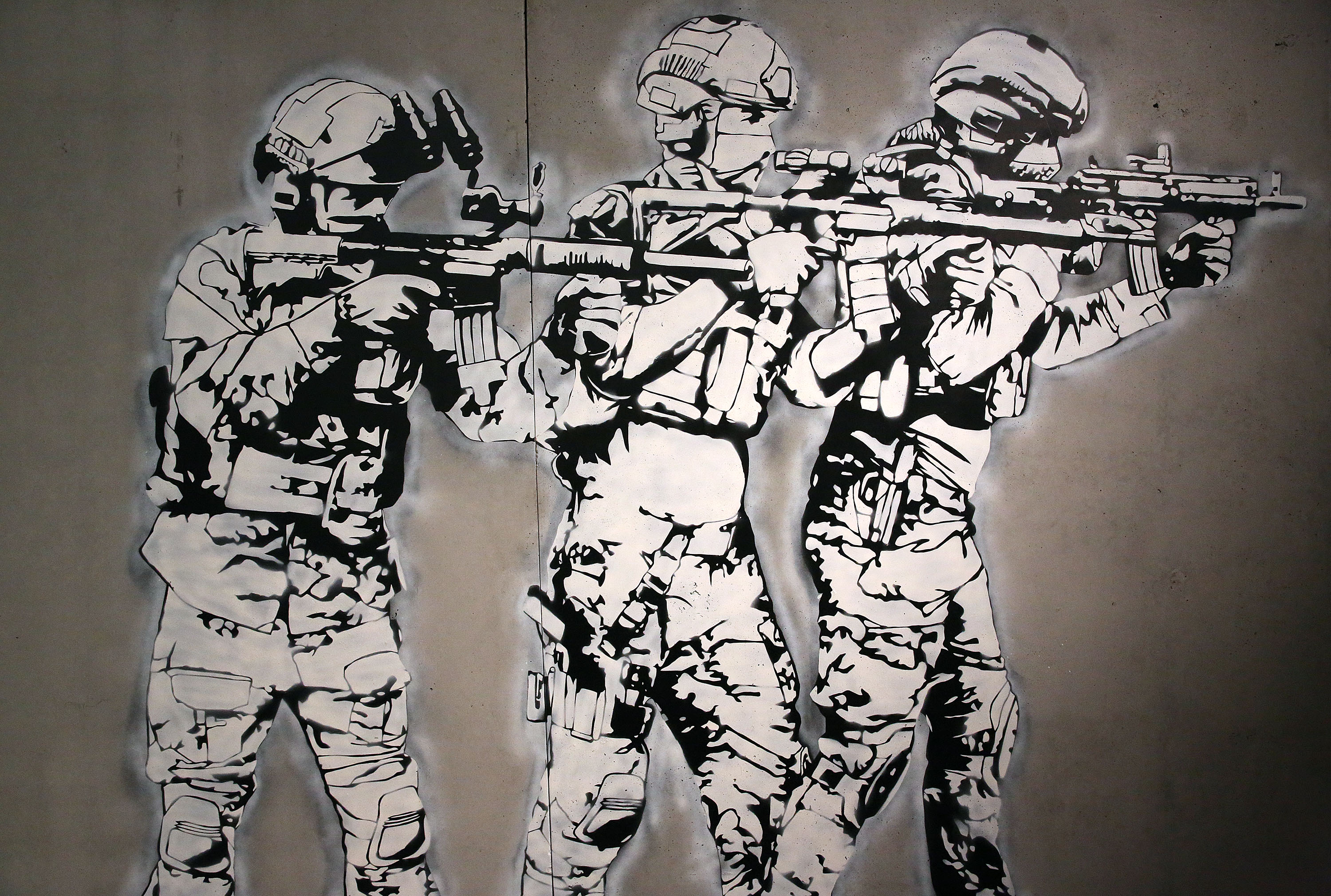Serious and organised crime: more than the sum of its parts?
The Minister for Home Affairs released the Australian Crime Commission’s (ACC) latest update to its Organised Crime in Australia (PDF) series recently. This report is important and has implications for every Australian. The media needs to publicise it. And, most importantly, some deep thinking—which leads to action—is needed.
Such deep thinking is warranted because the report—which is consistent with other recent Australian Government publications, including the 2013 National Security Strategy—describes serious and organised crime as a threat to national security. If the motive of avoiding the direct personal impact of crime isn’t enough to encourage ordinary Australians to take notice, then the prospect of a government using the instruments of national security against this threat should.
Regular readers of this blog will be aware of the implications of calling some actor or vector a ‘threat to national security’. Those less familiar with national security might want to think back to the early 2000s, when global terrorism emerged as a major threat. In their collective and individual responses, governments changed laws, and adopted different decision-making processes that involved a significant degree of secrecy and minimal debate. More money was allocated to national security agencies with a mandate to fight terrorism, and governments used the threat to justify the need to use military force on a number of occasions. And as part of these military actions, practices such as rendition, enhanced interrogation and targeted killings via uninhabited aerial vehicles were sanctioned as both necessary and proportionate. Read more











